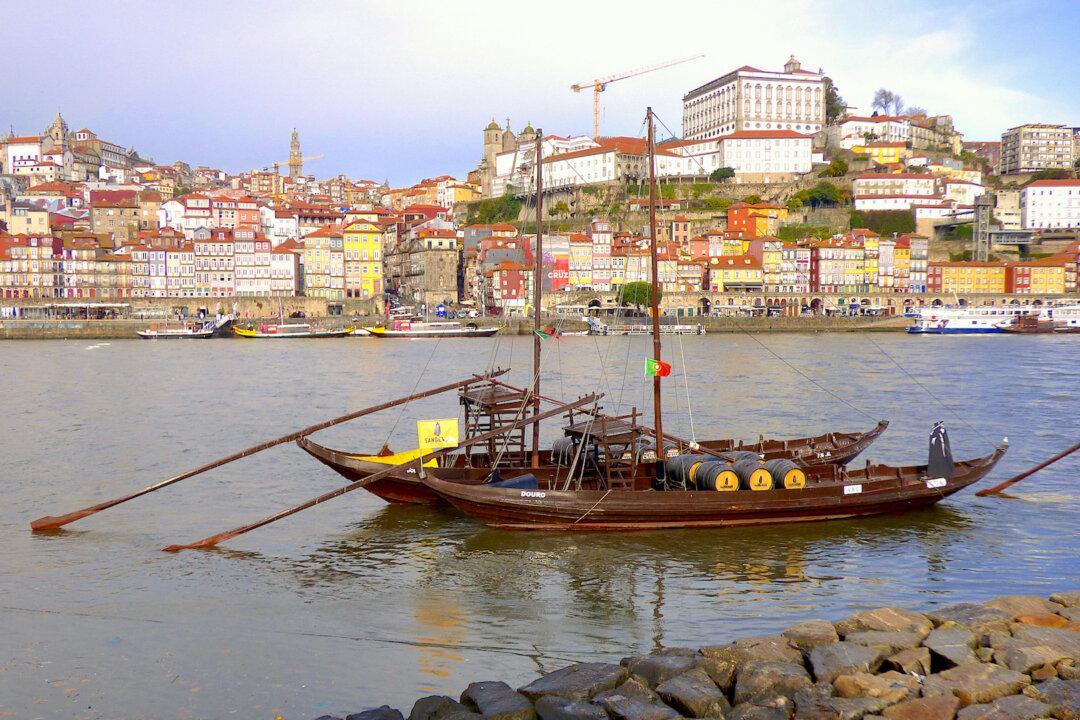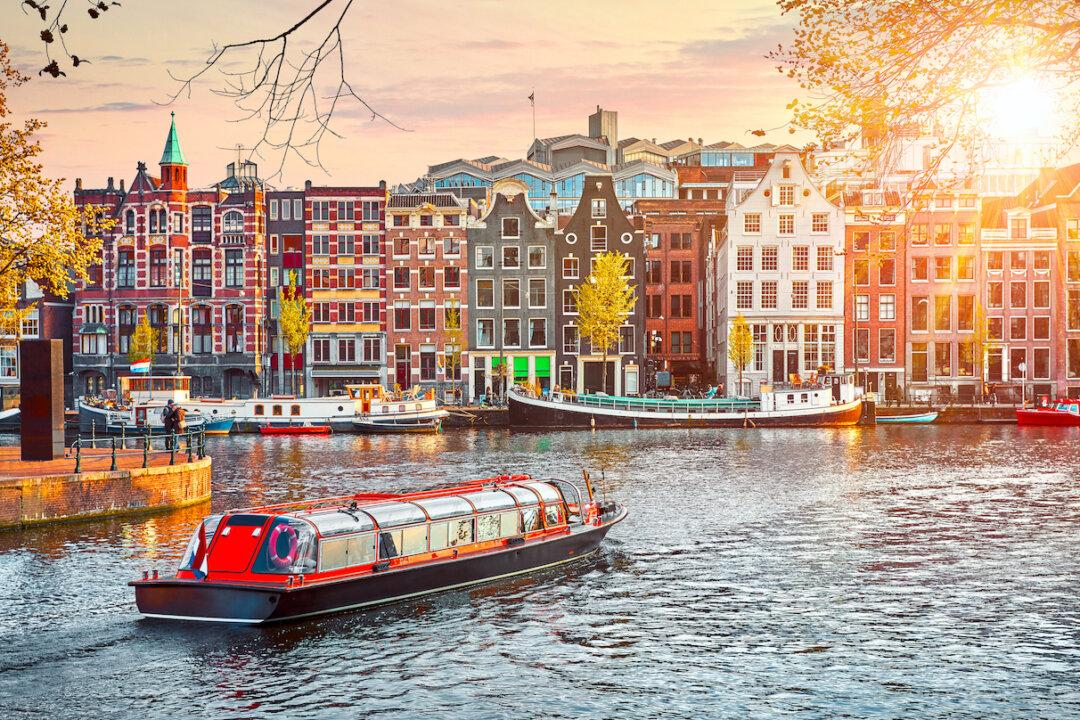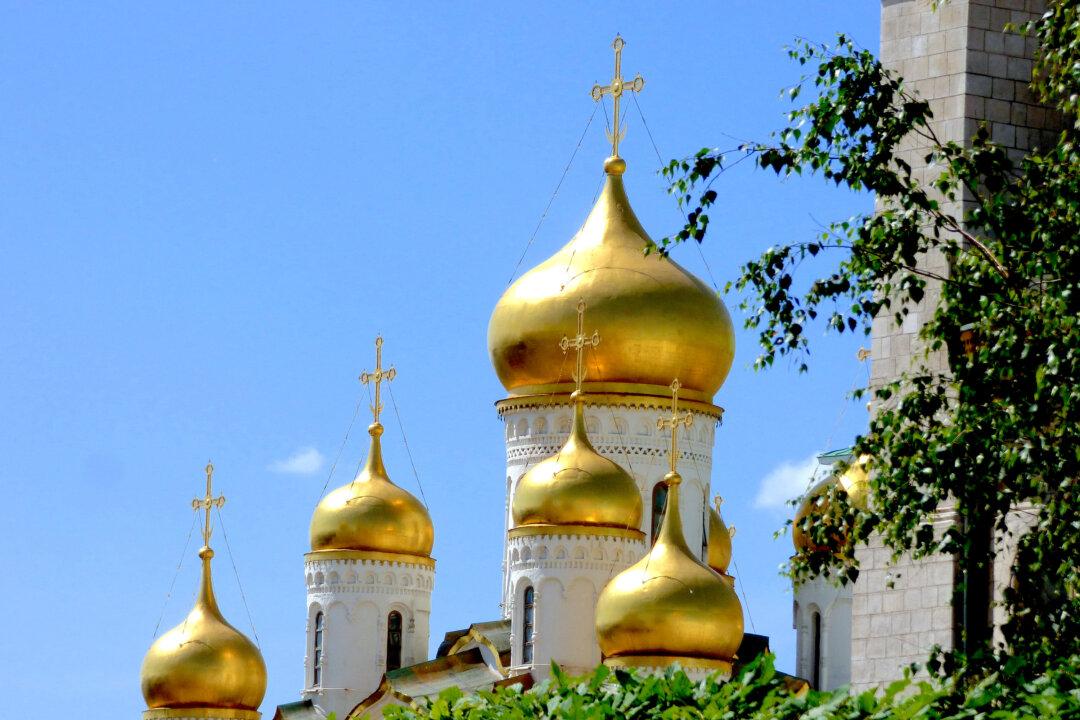Last December we booked a cruise on Portugal’s Douro River that was named “River of Gold” because, back in the day, the river was the method of transport for the fine wines, almonds, and olives, produced in the river valley—the primary source of the area’s wealth.
Portugal has everything we were looking for: a rich cultural history, renowned cuisine, and world-famous wines.





